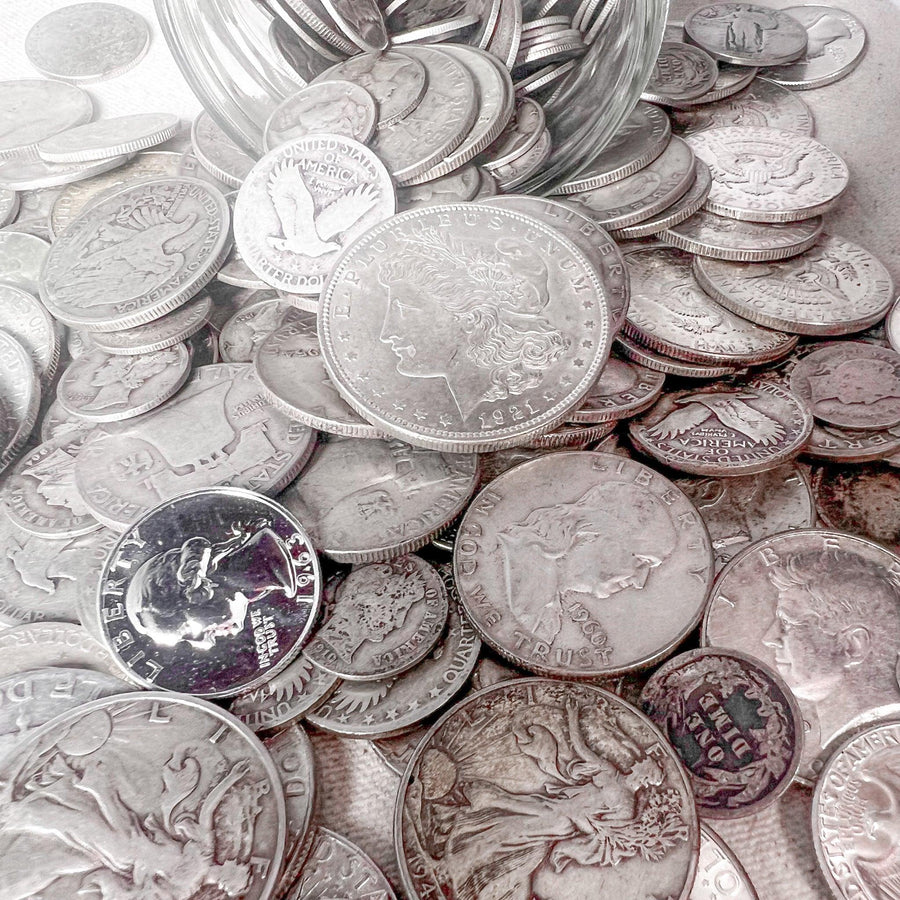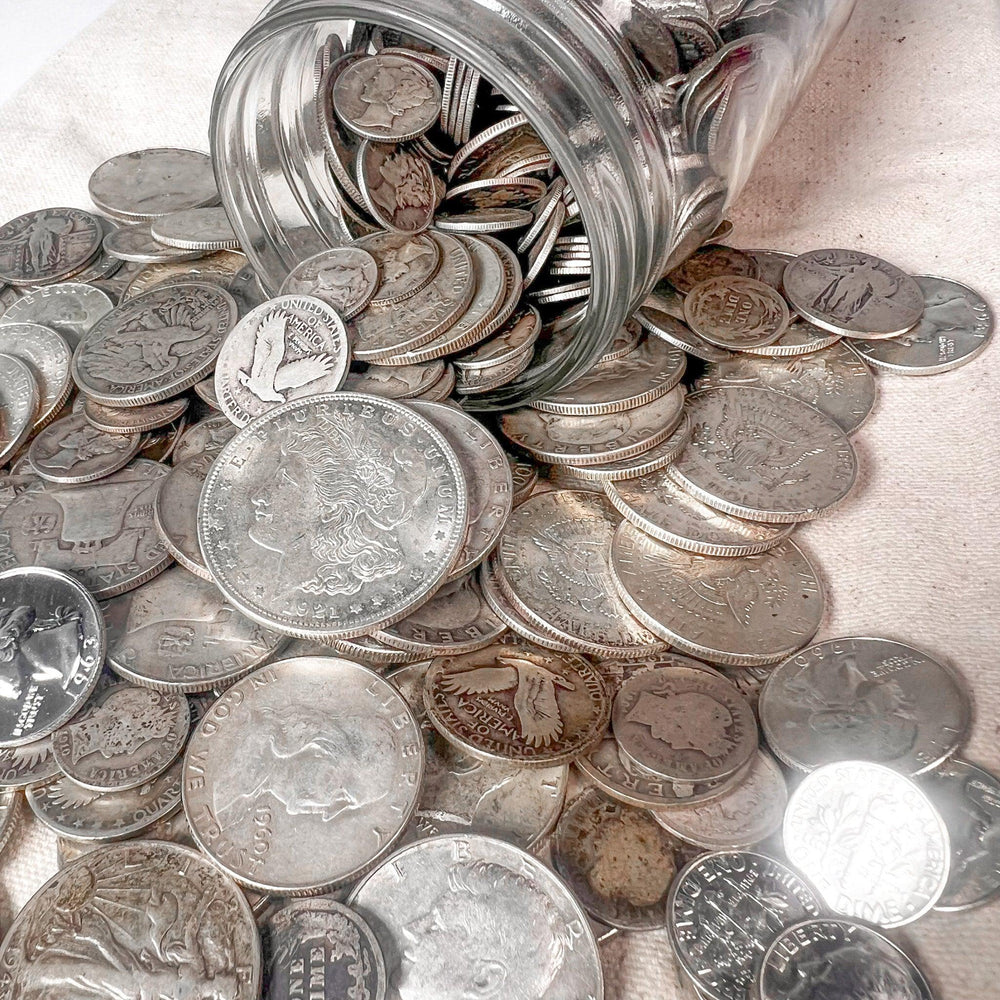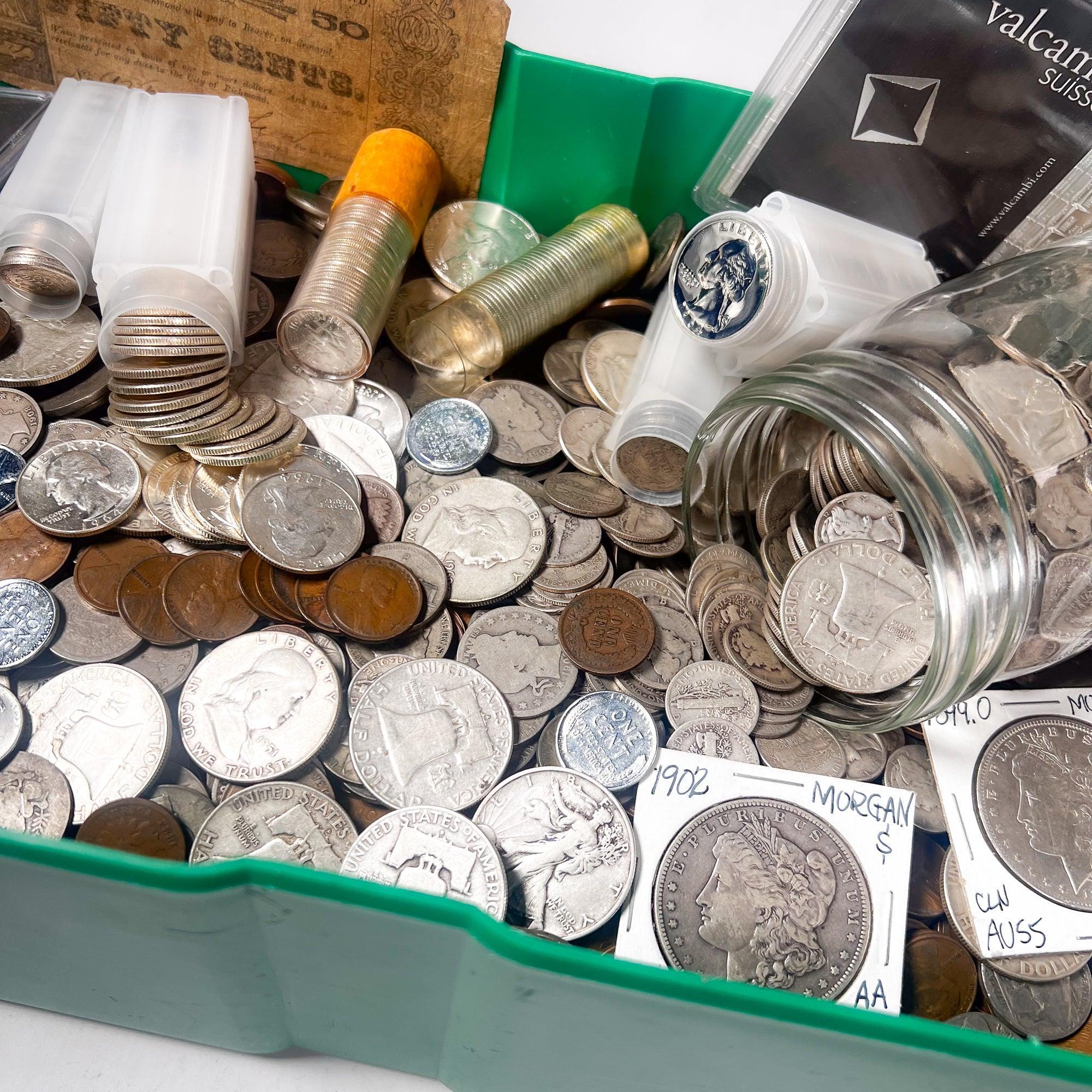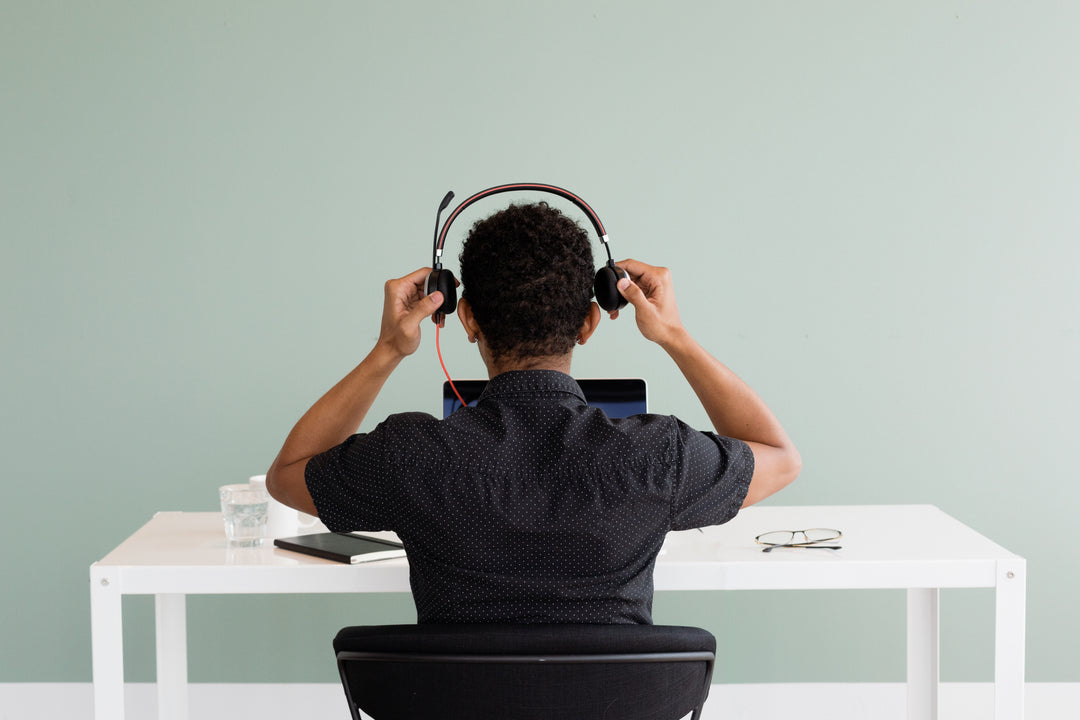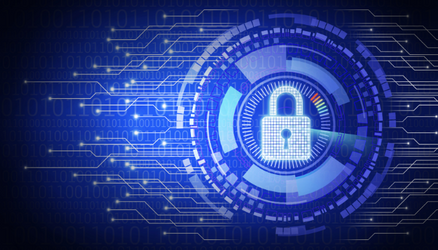How to Identify if Silver is Genuine or Not: A Guide to Protecting Your Investment

Got silver? Silver is a precious metal that has been used as a store of value and a medium of exchange for thousands of years. Silver's price has risen dramatically in recent years, making it an appealing investment option for many people.
However, as the value of silver has increased, the market has become flooded with counterfeit silver coins, bars, and jewelry.
In this blog post, we will look at some of the methods you can use to determine whether or not silver is genuine.
Before we get into the methods for identifying genuine silver, let's talk about why silver is such a valuable investment. Silver is a finite resource, which means that there is only so much of it in the world. It is also a highly versatile metal, with applications ranging from electronics to medicine to jewelry. As a result, demand for silver is expected to remain high for many years, making it an excellent investment option.
Now, how do you determine if silver is authentic?
1. The Magnet Test
Using a magnet is one of the simplest ways to tell if silver is genuine. Silver is not magnetic, so if you place a strong magnet near it and it sticks, you can be certain that it is not genuine. Of course, this method is not foolproof because some counterfeiters may use non-magnetic metals in their silver products. It is, however, a quick and easy way to rule out many counterfeit silver products.
2. The Sound Test
The sound test is another simple way to identify genuine silver. Simply strike your silver with something hard, like a coin or a key. Genuine silver produces a high-pitched ring, whereas counterfeit silver produces a dull thud. This is due to the fact that genuine silver is denser than most other metals, allowing it to vibrate at a higher frequency. Again, this method is not foolproof, as some counterfeiters may use metals with similar densities to silver in their fake silver products.
3. The Acid Examination
The acid test is a more trustworthy method of determining genuine silver. A silver acid testing kit is required, which can be purchased online or from a local jeweler. A small bottle of acid and a testing stone are usually included in the kit. Simply place a small drop of acid on your silver and watch what happens. The acid will not react with the silver if it is genuine. If the silver is forged, the acid will react with it, discoloring or dissolving it.
4. The Stamp Test
A hallmark or stamp indicating the purity of the silver can be found on many genuine silver products. A product labeled "925" indicates that it contains 92.5% pure silver. If your silver product lacks a hallmark or stamp, or if the hallmark is inconsistent with the purity of the silver, it is unlikely that it is genuine.
5. Professional Appraisal
If you are still unsure whether your silver is genuine, you should have it appraised by a professional. A professional appraiser will have the knowledge and tools to accurately determine the purity of your silver. They will also be able to recognize any hallmarks or stamps that may indicate whether or not your silver is genuine.
In summary
Silver investment protection necessitates some research. You can ensure that your silver is genuine and of the quality you expect by following the steps outlined above. Remember that silver is a valuable investment that can provide a good return over time, but only if you invest in genuine silver. You can protect your investment and avoid being taken advantage of by counterfeiters if you take the time to determine if your silver is genuine.
If you are unsure about the authenticity of your silver, don't be afraid to consult a local professional or reach out to us directly. You can be confident in your investment and enjoy the benefits of owning genuine silver if you keep these tips in mind.




